Less is more in Photography
Enthusiasm is a great thing. No doubt.
It is what drives us forward as photographers. It gets us out of bed at 4am too!
Not only that, it makes us drive to beautiful places just to get the shot. However, it can sometimes be a curse rather than a blessing.
Let me ask you this then:
Ever been to an incredible location and become entirely engrossed in the beauty that you fire off hundreds maybe thousands of shots?
When you arrive home and upload those shots, have you ever been disappointed in the results? I'm pretty certain most of us have experienced this and the simple reason why is because we took too many photos and not enough thinking.
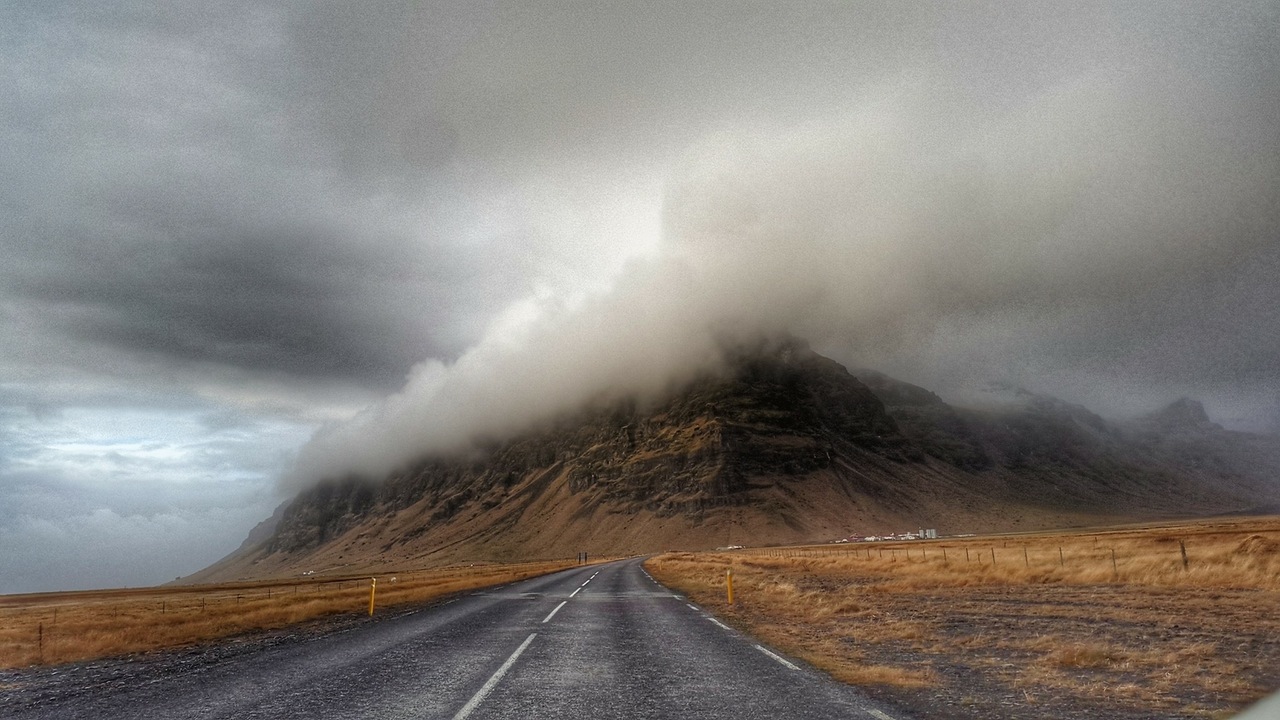
Today we're using the idea of less is more in photography by looking at some ways to slow down and have a more considered approach to image making.
1. Pre-planning – Have Some Well Thought-Out Vision
This first point could well be the most important because conceiving a shot before you head out is a great way to concentrate your mind on the shots you need.
By spending time planning, with some discipline you will arrive on location and shoot to your plan. The more in depth you get with the plan, the more successful you should be when shooting. Think of it like a formula.
Things to take into consideration with pre-planning are not only the locations, angles and light directions but also what the weather might be like too.
Take time to jot down a shoot plan either on paper or to a smart device – just have it available for you to visualize. Stick to the plan but be realistic on how much you can achieve in any given time.
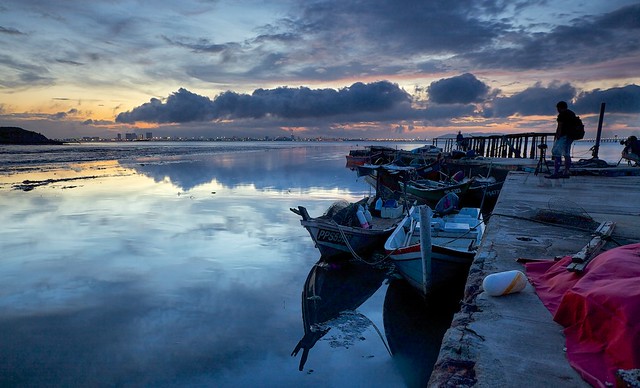
Preplanning is an important element to getting great shots.
2. Set Yourself a Time Limit
You might think that setting a time limit would speed you up and make you take more photos in a rush.
Trust me, there's a whole new approach to looking at this because, in reality, it focusses your mind into getting the best shots you can in the time available.
So, by setting a fixed time frame per location you will actually slow down and think more carefully about you shots, taking less but hopefully better images.
If you are shooting outdoors, you might have to wait for the weather to play ball. If the light is not quite right, find a cafe and have a cup of coffee until it improves.
Set a time limit from the moment you take the first shot. The advantage of this is that you will spend time making sure that first shot is perfect.
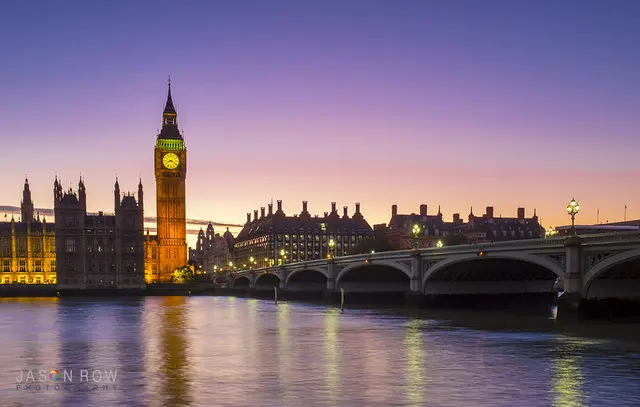
Set yourself a time limit.
3. Take Only a Prime Lens
One of the reasons we tend to overshoot is the “Zoom Lens.”
There is no doubt that a good zoom can make our lives easier but it can also lead us into taking way more shots than we require. We stand in one position and take several shots at different focal lengths almost as if we are on autopilot. That's not the objective here.
Taking only a single prime lens forces us to slow down and make a more considered approach to taking images. We have to work with our feet much more, moving closer or further away. In short, we have to think about each shot before we fire away.
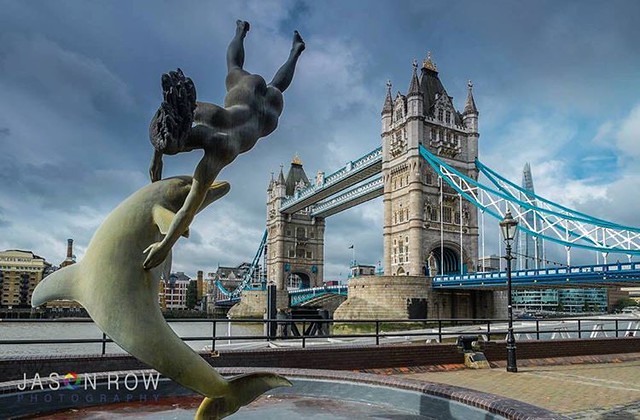
Taking only a prime forces you to move and think more.
4. Take a Tripod to Slow You Down
Cumbersome and heavy but nothing slows you down better than using a tripod. Not only will your improve the sharpness of your images but you will take fewer, more considered images if your camera is atop your three-legged friend.
They might be unwieldy beasts but tripods are a great way to reduce the number of images you take on a shoot.
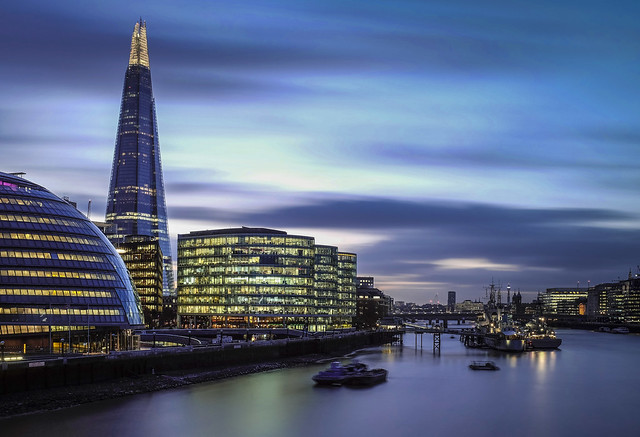
Take a tripod, you will slow down and think more. By Jason Row Photography
5. Why not Shoot Some Film?
Nothing focusses the mind on the number of shots you take like those shots having an actual value. Film is the perfect vehicle for this. Every time you press that shutter it's costing you money and that you're using up valuable space on your roll too!
Not only that, unlike our digital memory cards which can hold tens of thousands of images, a roll of film will hold 36 at most. Every time you come to the end of the roll and replace it, you will be conscious that the new roll is costing you money.
This in turn focusses your mind on getting every frame perfectly composed and exposed.
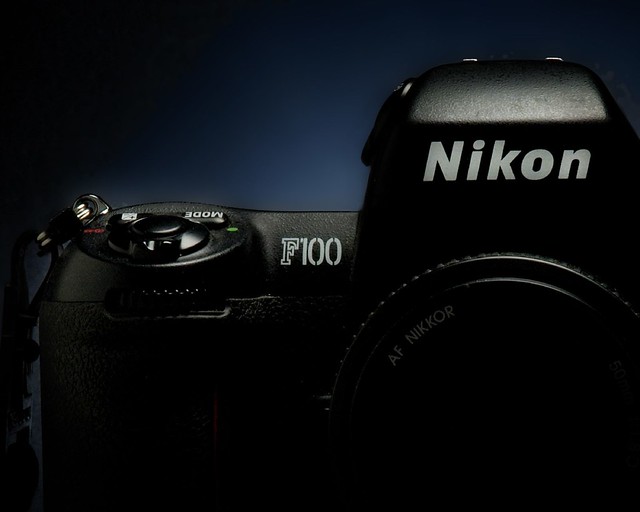
Shooting film assigns a value to every shot.
6. Use One Small Memory Card
If you don't wish to take the film camera route, another option is to use only one small SD card.
By limiting the number of images you can take on a shoot you will find yourself concentrating on only getting the very best and not shooting everything in sight. You will need to become more discerning, maybe deleting images that are not up to standard in order to shoot ones that are.
Summary
Very often in photography, the best images come from a considered and planned approach to shooting. With digital cameras, it's all too easy to fire away almost without thought. Anything you can do to slow yourself down and think deeper about the subject in front of you should lead to an improvement in the quality of your images.
By using one or several of the above tips, you should find yourself shooting fewer but better images.
Further Resources
- 7 Reasons Why Prime Lenses are Better Than Zoom Lenses to Improve Your Photography
- What Photographers Should Know About Daylight When Shooting Outdoors
- 7 Ways to Make Your Minimalist Photography More…..Minimal?
- The Amazing Wonders Shooting Some Film Will Do For Photographers
- 15 Easy Tricks For Getting Better Photographs
Further Learning
Labeled “The most in-depth eBook on how to capture amazing photography anywhere!” so that's gotta be worth looking into?
Learn how to take your images towards the level you've been looking to do for ages, with pro photographer, Richard Schneider.
“The Photo eBook”





2 Comments
The problem is in people, not the technology. No point in artificially crippling the technology just to reduce the number of useless shots. Think before shooting – YES. Use small memory and only prime – NO.
Or, and I forgot to mention: film is TOTALLY obsolete.